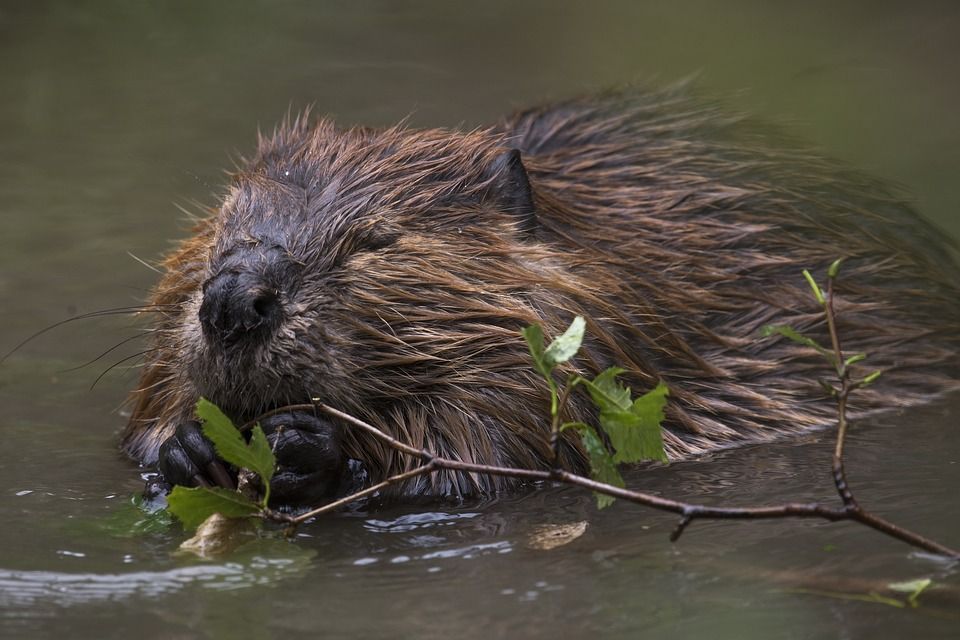In 1999, some 1,000 years after they were hunted into extinction because of their pelts, 18 beavers were released into the wilds of Jutland.
Now, almost 20 years later, nature’s engineers have gnawed, dammed and bred their way into an estimated population of about 200 individuals. But while nature enthusiasts are celebrating, others are not as impressed.
That’s because beavers have a considerable impact on their surroundings, whether it’s gnawing down trees or damming up streams. A number of citizens living near beavers have reported their land being flooded as a result of the beaver dams.
“We all thought it was exciting to start with – when the beavers were situated in a limited area. But now it’s got out of hand. There are too many of them and we can’t control them,” Peter Busck, a spokesperson for the Dansk Skovforening forestry association, told TV2 News.
“If forest or pastoral areas are flooded to the extent that the landowner can’t produce what was intended, then there’s a problem.”
READ MORE: Predators on the move by sea and land in Denmark
What … and where … is the plan?
The landowners have asked the government for help in regulating the beavers – but they are protected and a legislation change would be required for them to be controlled via hunting.
A new management plan for the beavers was supposed to have been presented in 2016, but it has been postponed a number of times. The environment and food minister, Jakob Ellemann-Jensen, said it was a challenge to find out how the rodents and humans can co-exist.
“It’s important to say the beaver is a protected species. It also contributes well to the biodiversity of the Danish nature, but of course there needs to be a balance,” he told TV2 News.
The news follows similar items regarding the progress of wolves, racoon dogs and grey seals in Denmark.















